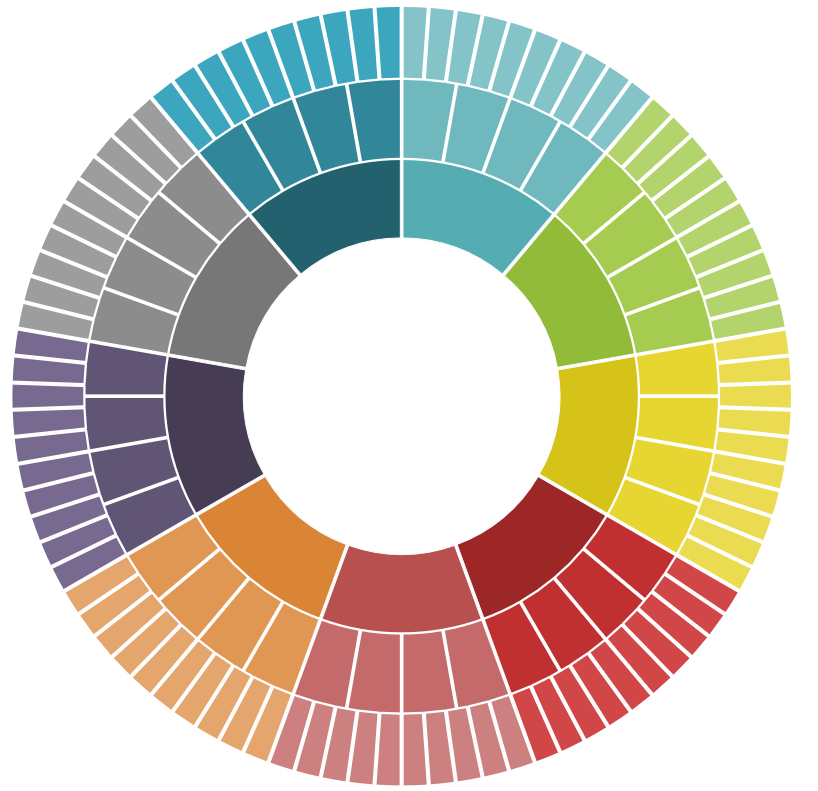Volltextsuche nutzen
- versandkostenfrei ab € 30,–
- 11x in Wien, NÖ und Salzburg
- 6 Mio. Bücher
- facultas
- Detailansicht

Intellectual Property Management
The Role of Technology-Brands in the Appropriation of Technological Innovation

Taschenbuch
109,99€
inkl. gesetzl. MwSt.
Besorgungstitel
Lieferzeit 1-2 WochenVersandkostenfreibestellen in Österreich
Lieferzeit 1-2 WochenVersandkostenfreibestellen in Österreich
Deutschland: € 10,00
EU & Schweiz: € 20,00
EU & Schweiz: € 20,00
In den Warenkorb
Click & Collect
Artikel online bestellen und in der Filiale abholen.
Derzeit in keiner facultas Filiale lagernd. Jetzt online bestellen!Artikel online bestellen und in der Filiale abholen.
Artikel in den Warenkorb legen, zur Kassa gehen und Wunschfiliale auswählen. Lieferung abholen und bequem vor Ort bezahlen.
Auf die Merkliste
Veröffentlicht 2004, von Klaus Jennewein bei Physica
ISBN: 978-3-7908-0280-1
Auflage: 1. Auflage
Reihe: Contributions to Management Science
XVIII, 404 Seiten
XVIII, 404 p. 62 illus.
23.5 cm x 15.5 cm
The book investigates the interplay of brand equity and technological assets at the corporate level. In a grounded theory approach it develops a model of how companies in technology intensive industries can improve the appropriation of the returns of their intangible technological assets with the help of brand equity and thus improve their competitiveness. The theoretical discussions ...
Beschreibung
Innovation is a source of competitive advantage. In other words, firms may leverage innovation to generate rents, at least temporarily. And this is intended to be a self-sustained business model: part of the rent extracted from the market may be re-invested into new technological developments which in turn permit additional innovations, thus regenerating the sources of rents. This is the positive loop of innovation. In this sense, business would be a permanent hunt for innovations, in search of rents. Yet, innovations need to be protected if firms want to benefit from rents over long periods of time. However, the strategic management literature tends to suggests that patents are a weak protection against aggressive imitators. Secrecy may help but we also know that technology ends up leaking in most cases. Speed in new developments to cut "time to market" may be another way of protecting the technological advance of the firm. But again, this may not be enough as start-ups may out-compete the established firm in the race for innovation. This is where Dr. Klaus Jennewein's key idea comes into the picture. The core of his thesis is that brand equity may be combined to technological protections such as patents to build a multi-layer, complex, intricate shield to protect the sources of rents against competitors and imitators.
Innovation is a source of competitive advantage. In other words, firms may leverage innovation to generate rents, at least temporarily. And this is intended to be a self-sustained business model: part of the rent extracted from the market may be re-invested into new technological developments which in turn permit additional innovations, thus regenerating the sources of rents. This is the positive loop of innovation. In this sense, business would be a permanent hunt for innovations, in search of rents. Yet, innovations need to be protected if firms want to benefit from rents over long periods of time. However, the strategic management literature tends to suggests that patents are a weak protection against aggressive imitators. Secrecy may help but we also know that technology ends up leaking in most cases. Speed in new developments to cut "time to market" may be another way of protecting the technological advance of the firm. But again, this may not be enough as start-ups may out-compete the established firm in the race for innovation. This is where Dr. Klaus Jennewein's key idea comes into the picture. The core of his thesis is that brand equity may be combined to technological protections such as patents to build a multi-layer, complex, intricate shield to protect the sources of rents against competitors and imitators.
